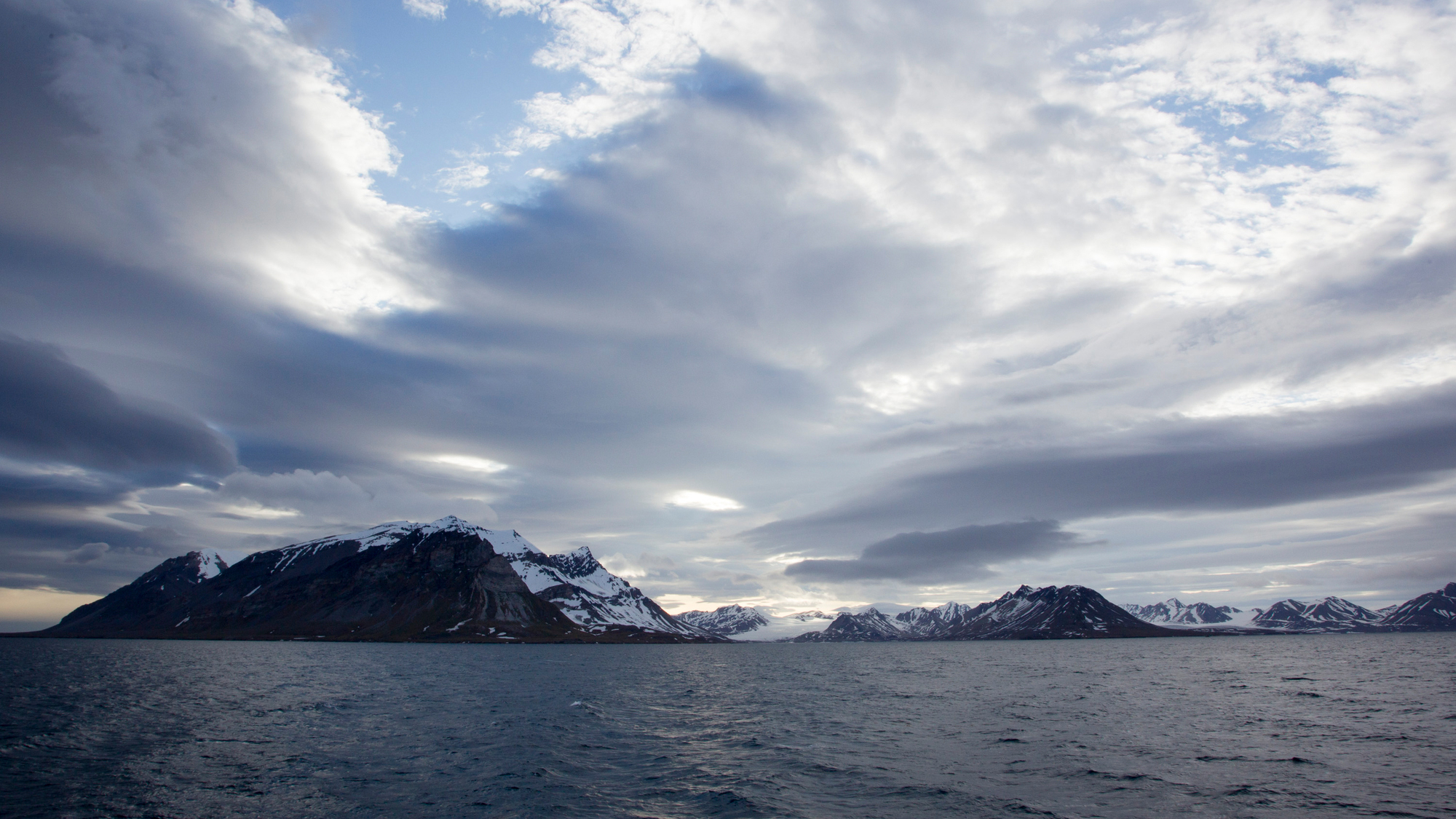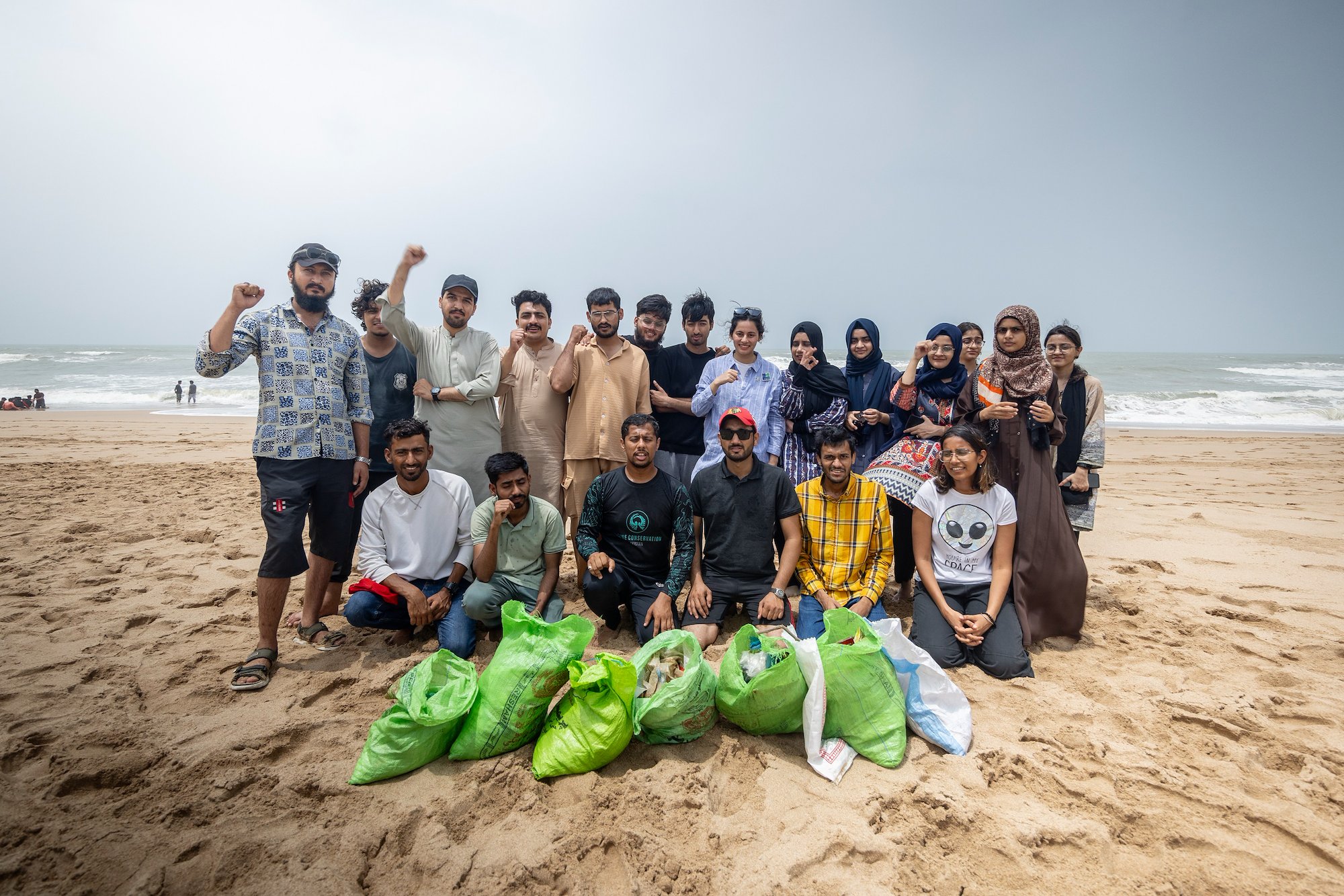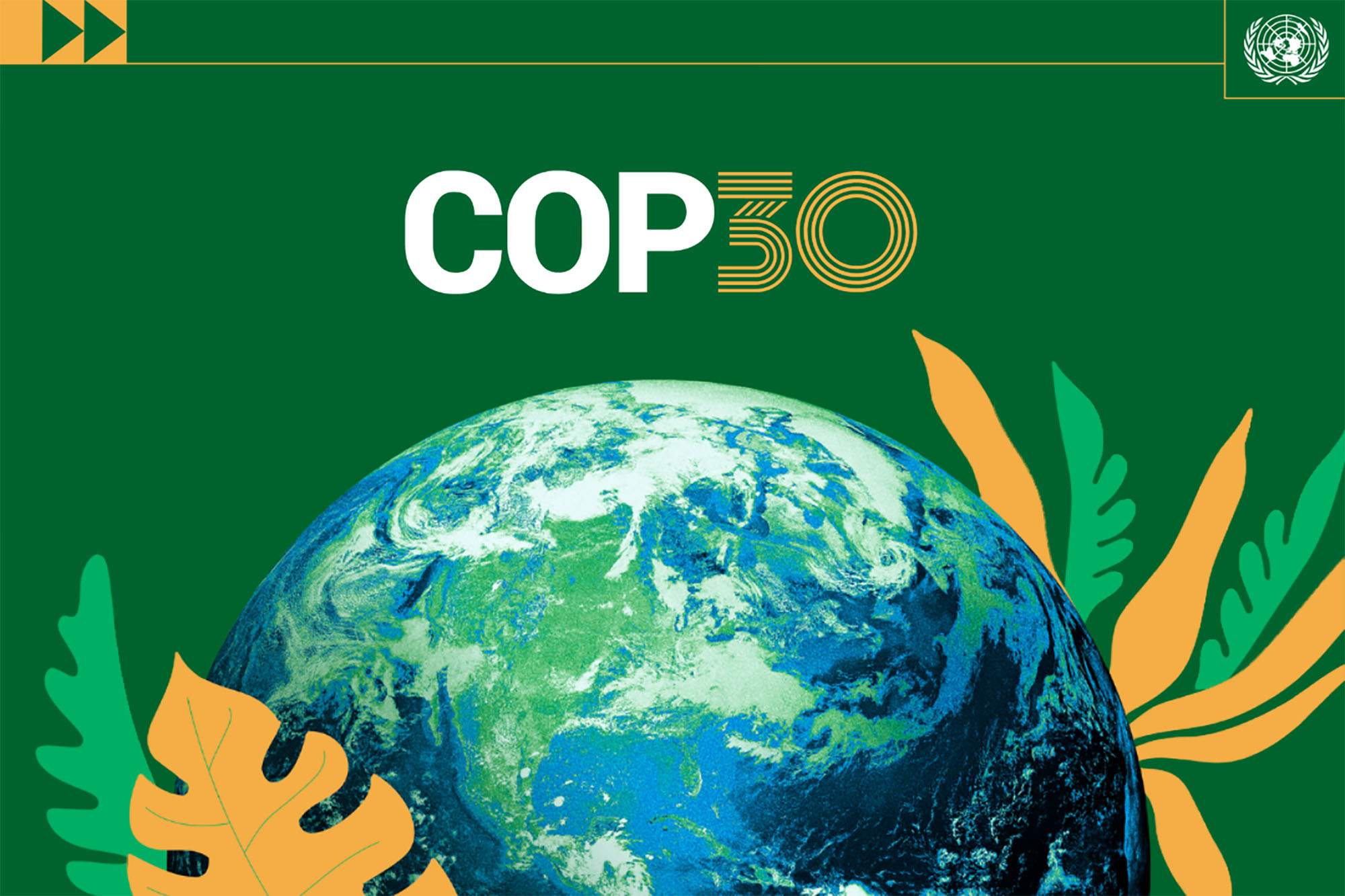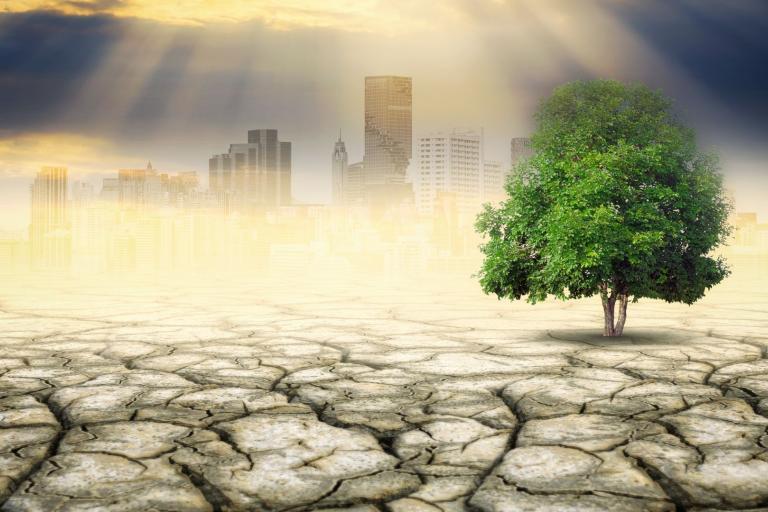Find out more in
Global Issues:
For the Seychelles, a small island developing state in the middle of the ocean, land is limited, and 200 years of human settlement has already seen significant impacts on both terrestrial and marine ecosystems. On the main island of Mahé, where 86% of the population live, land is being actively developed for tourism, agriculture, housing, and other human needs. The impacts of these demands can be seen and felt where today less than 5% of the original native forest remains intact. To reverse this damage and restore degraded land, the project ‘Ridge to Reef’, is working to improve tree cover and restore soil. Funded by the Global Environment Facility (GEF) and implemented by the Seychelles Government in partnership with UNDP, the 'Ridge to Reef' approach focuses on the connection between land and sea to address environmental degradation. Nelson Renaud, chairman of the Local Food Producers Association, says "By taking care of the land, we can grow food that will take care of our community."
The world is heating. Inequalities are deepening. And yet, across continents, young people are stepping into the cracks of broken systems and reimagining what’s possible. While the world works to respond to the climate crisis, youth from around the world are showing what happens when youth are not just invited to the table but trusted to lead. This article introduces five of these young leaders: Sundus from Pakistan (seen here with her team that brings damaged reefs back to life), Elvis from Liberia, Luís from Bolivia, Pablo from Colombia, Specioza from Uganda. All of them, with support of Youth4Climate, are building new systems of food, energy, mobility and education, from the ground up. Their projects are different, but their experiences and drive are shared. What they show us is clear: when young people are trusted and supported with the right resources, they can drive meaningful and lasting change.
Climate change is impacting every aspect of our lives. Yet sometimes it can feel abstract or difficult to grasp. Numbers can help make it concrete. They give us a way to see the scale of the problem, the urgency of action and the promise of solutions. Climate Counts invites people around the world to explore 30 facts about the climate crisis that explain the urgency of action and the promise of solutions, while combating disinformation. From 1 to 30, each number highlights a powerful fact paired with an eye-catching visual, drawing attention to key areas – from energy, adaptation and finance to nature, gender, health and justice.
The UN report Global Cooling Watch 2025 launched today at COP30, warns that global demand for cooling could more than triple by 2050, fueling climate change due to cooling-related emissions and straining power grids. But we can change the course. The report champions a Sustainable Cooling Pathway that could slash cooling emissions by 64% by 2050 and save trillions of dollars in energy and infrastructure costs. This Pathway promotes nature-based cooling strategies, low-energy and hybrid systems that combine fans and air conditioners, high-efficiency equipment and the reduction of harmful refrigerants.
UNEP’s Emissions Gap Report 2025 finds that within the next decade, global temperatures will likely exceed 1.5°C above pre-industrial levels.
The 30th United Nations Climate Change Conference (COP30) kicks off today in Belém, Brazil, and will run until 21 November. The event brings together world leaders, scientists, non-governmental organizations, and civil society to discuss priority actions to tackle climate change. This year's Conference focuses on efforts to limit the global temperature increase to 1.5°C, the presentation of new national climate action plans (NDCs), and progress on the finance pledges made at COP29. Follow the event live, check out all the full programme and stay updated on the conference’s latest developments.
As climate impacts accelerate, the 2025 Adaptation Gap Report from the United Nations Environment Programme (UNEP) sounds a global alarm: developing nations are staring down a staggering annual shortfall of over US$310 billion in adaptation finance by 2035—twelve times current international flows. This gap threatens vulnerable populations facing climate impacts like rising seas and deadly storms. Although many countries have made strides in adaptation planning, outdated policies and insufficient finance remain challenges. The report urges a global push for increased public and private funding, emphasizing that adaptation is vital for climate justice and economic resilience.
Carbon markets allow the trading of carbon credits, which represent a reduction or removal of greenhouse gases from the atmosphere. Buyers, including governments, companies, and individuals, purchase these credits to offset their emissions. Carbon credits are generated through activities like forest protection, wetland restoration, renewable energy adoption, methane capture from landfills, and improving energy efficiency. Once verified, the credits can be exchanged to help meet emission reduction targets cost-effectively. After purchase, the credits are retired, preventing reuse.
Amid rising climate shocks, African leaders are redefining development by linking ecological stability with inclusive, resilient economic progress and job creation.
By COP30 (10-21 November, Belem, Brazil), all countries that have signed the Paris Agreement must submit new climate action plans to help create a just, resilient, low-carbon future. To build momentum, the UN Secretary-General holds a Climate Summit (24 September), where leaders present these plans, known as Nationally Determined Contributions (NDCs). The event also brings together governments, businesses and civil society to discuss solutions for reducing emissions, adapting to climate change, securing the necessary finance and addressing other key areas. Follow the Climate Summit live between 2pm and 7pm, New York Time.
A new World Meteorological Organization report reveals how air quality and climate are deeply connected, urging integrated policies, better monitoring, and global cooperation to protect health and ecosystems
Forty years ago, nations adopted the Vienna Convention to safeguard the ozone layer, which shields life on Earth from harmful ultraviolet radiation. This landmark agreement laid the foundation for global efforts to protect both people and the planet. Building on it, the Montreal Protocol successfully phased out ozone-depleting substances, and the Kigali Amendment now targets greenhouse gases. On the International Day for the Preservation of the Ozone Layer (16 September), these treaties together demonstrate how science can drive global cooperation for a safer, healthier future.
The Gender Transformative Mechanism (GTM) is an initiative by the International Fund for Agricultural Development (IFAD) aimed at enhancing the impact of government-funded projects by promoting gender equality and women's empowerment alongside climate resilience. It provides financial support and technical assistance to help governments harness the potential of rural women. By 2030, it aims to empower over 20 million rural people across 20 countries.
The World Meteorological Organization (WMO) has established a new world record for the longest lightning flash – an incredible 829 km (515 miles) in a notorious storm hotspot in the United States of America.













